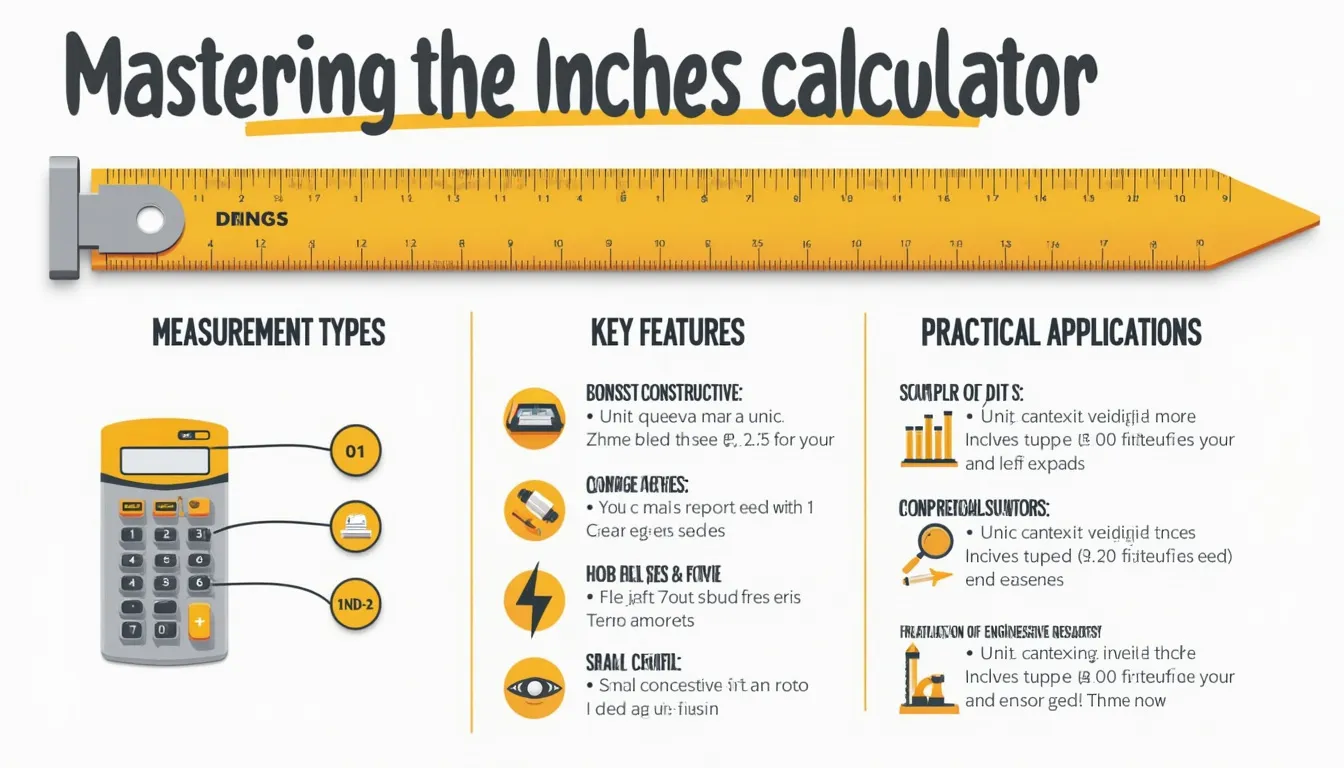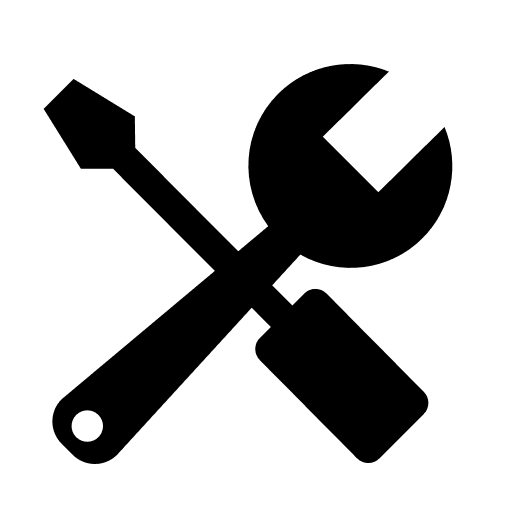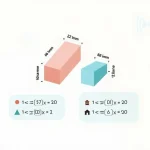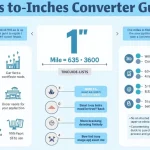Inches Calculator
Is this tool helpful?
How to use the tool
- Select a measurement type: Length, Area, or Volume.
- Enter your figures. Samples you can try: 9 1/4 in (single value) or 12 1/8 × 7 3/8 in (length × width).
- Pick the unit to convert to. Options include cm, mm, ft, m, yd, mi.
- Set fractional precision. Choose 1/16, 1/32, or 1/64 inch for the fractional read-out.
- Press Calculate. The tool shows the raw inches plus the converted value.
Core formulas
- Length: $$L_{unit}=L_{in}\times k$$ where k is the unit factor (e.g., 2.54 for cm).
- Area: $$A_{in^{2}}=L_{in}\times W_{in}$$; $$A_{unit}=A_{in^{2}}\times k^{2}$$
- Volume: $$V_{in^{3}}=L_{in}\times W_{in}\times H_{in}$$; $$V_{unit}=V_{in^{3}}\times k^{3}$$
Worked examples
1 – Length
Convert 9 1/4 in to centimetres.
$$9.25\times2.54=23.495\;\text{cm}$$2 – Area
Garden bed 48 in × 30 1/2 in.
$$A_{in^{2}}=48\times30.5=1\,464\;in^{2}$$ $$A_{ft^{2}}=\frac{1\,464}{144}=10.167\;ft^{2}$$3 – Volume
Box 12 3/8 in × 8 1/2 in × 4 1/4 in.
$$V_{in^{3}}=12.375\times8.5\times4.25=447.30\;in^{3}$$ $$V_{cm^{3}}=447.30\times16.387064=7\,327.64\;cm^{3}$$ (CODATA 2018).Quick-Facts
- 1 inch = 25.4 mm (NIST Handbook 44, 2019).
- 1 cubic inch = 16.387064 cm³ (CODATA, 2018).
- Tape-measure tolerance is ±1⁄32 in over 6 ft (Stanley Spec Sheet, 2021).
- Common framing lumber spans are listed in IRC Table R502.3 (ICC, 2021).
- 1 sq ft = 144 in² (NIST, 2019).
FAQ
What units can I convert inches into?
You can change inches to centimetres, millimetres, feet, metres, yards, or miles. The same six units apply to square and cubic values by squaring or cubing the standard factors (NIST, 2019).
How do I type fractions correctly?
Enter a simple fraction like 3/8 or a mixed number like 2 1/16. The parser splits the whole part from the numerator and denominator, then adds them as decimals.
Why choose a fractional precision?
Builders often work to 1⁄16 in; cabinetmakers prefer 1⁄32 in; machinists rely on 1⁄64 in for tight tolerances (Popular Woodworking, 2020). Setting precision lets the read-out match your trade’s standard.
How accurate are the metric conversions?
The tool multiplies by exact SI factors—e.g., 2.54 for cm—so rounding is the only source of error. Four-decimal output keeps length error below 0.0001 in, well inside ±1⁄64 in (NIST, 2019).
What is the difference between area and volume modes?
Area multiplies two linear dimensions and reports sq units; volume multiplies three and reports cubic units. The same multipliers are squared or cubed to convert results.
Can I convert back from metric to inches?
Yes—enter a metric value divided by its inch factor. For example, 50 cm ÷ 2.54 = 19.685 in. Reverse the formula for areas and volumes accordingly.
Does the tool handle zero or negative inputs?
Zero returns zero; negative values trigger an error because physical dimensions cannot be negative.
Where does the inch definition come from?
“An inch is defined as exactly 25.4 millimetres” (NIST Special Publication 811, 2008). International agreement fixed this value in 1959, and all modern standards repeat it.
Important Disclaimer
The calculations, results, and content provided by our tools are not guaranteed to be accurate, complete, or reliable. Users are responsible for verifying and interpreting the results. Our content and tools may contain errors, biases, or inconsistencies. Do not enter personal data, sensitive information, or personally identifiable information in our web forms or tools. Such data entry violates our terms of service and may result in unauthorized disclosure to third parties. We reserve the right to save inputs and outputs from our tools for the purposes of error debugging, bias identification, and performance improvement. External companies providing AI models used in our tools may also save and process data in accordance with their own policies. By using our tools, you consent to this data collection and processing. We reserve the right to limit the usage of our tools based on current usability factors.







